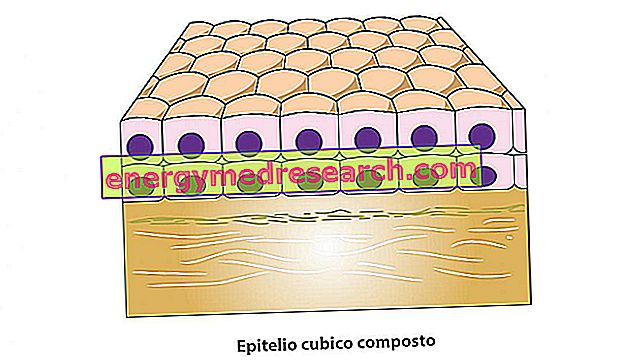peas
Peas are foods of vegetable origin belonging to the group of legumes. They are produced from the Pisum sativum plant, commonly known as the pea, of which they constitute the seeds; this annual herbaceous plant belongs to the Fabaceae family (also known as Papilionaceae or Leguminosae ), the same as beans, lupins, broad beans, chickpeas, peanuts, lentils and grass peas, as well as tamarind and carob.

As far as the commodity profile is concerned, peas are sold in different forms: fresh, still in the pod, fresh but already shelled (rarely), frozen, dried, pea flour, in a jar (brine) and in mixed preparations type salad dressings, ready-made sauces, in oil etc. Most pea varieties offer an edible portion limited to mature seeds; however, the small and unripe pod (similar to jackdaws) can also be eaten (cooked). Some people also like fresh and raw peas, but their digestibility and nutritional availability are more limited.
From a nutritional point of view, peas are classified as legumes, therefore they belong to the IV fundamental group of foods. They bring starch, medium biological value proteins, a lot of fiber, a fair portion of mineral salts and vitamins; antioxidants and other useful molecules are not lacking.
With the advent of "alternative" food styles, many preparations based on cereals (such as bread making or the production of vegetable meat) have been enriched with legume flour. That of peas, in particular, is widely used and is included in many vegan recipes for the compensation of the biological protein value.
Vegetable Cheese with Pea Flour
X Problems with video playback? Reload from YouTube Go to Video Page Go to Video Recipes Section Watch the video on youtubePea flour
Pea flour is the powder obtained from grinding dried and dehulled seed. By means of special grinding wheels, the dry peas are deprived of the fibrous coating and, with special tumblers, separated by: tegument, germ ("live" portion, mainly lipidic) and processing flour.
The relative scraps are used as fodder; still in the livestock sector, pea flour enriched in methionine as a feed for chickens and laying hens (as a substitute for corn and soy powder) was tested.
Some dried peas are also colored using copper sulfate or chlorophyll. Probably, the same methodology is also used for some seeds destined for the production of flour; this would explain the considerable chromatic discrepancy between the various products available on the market.
In general, pea flour is white to yellowish or greenish in color, has an intense legume smell and taste and has considerable hygroscopic capacity (that is, to absorb atmospheric humidity).
Pea flour contains about 11.2% of water, 25.7% of nitrogenous substances (especially proteins), 1.8% of fatty substances, 57.2% of non-nitrogenous substances (especially carbohydrates ), 1.3% of cellulose and 2.8% of ashes (mineral salts).
The starchy granules of pea flour are irregular but roundish, ellipsoidal or reniform. They are often provided with a linear hilum and sometimes have broken edges; the diameter is> 30-40µ.
The "traditional" culinary destination of pea flour is the preparation of soups, while today it is increasingly involved in the formulation of: bread and analogues (to 10-30% with wheat flour), food for vegans (such as pea sausages: Erbswurstel), diet foods, meat and pea soups, pea condensed soups, meat extract, etc.
The following is a small nutritional table referring to a commercial pea flour; the price is around € 2.00 / kg.
| Average Nutritional Values per 100g of Product | |
Energy Value (kcal) | 332 |
Proteins (g) | 23.1 |
Carbohydrates (g) | 56.7 |
Fats (g) | 1.4 |
Fibers (g) | nd |
Sodium (g) | nd |
From a dietary point of view, pea flour is a rather energetic food; calories are essentially provided by carbohydrates but there is no lack of good protein doses (of medium biological value). Lipids are extremely contained.
Unfortunately, since it is a powder obtained from dehulled seeds, the quantity of fiber (not mentioned in the table) could be higher; fortunately, in pea flour you should still appreciate discrete concentrations of inulin and pectin, responsible for:
- Cholesterol lowering capacity
- Moderation of the glycemic index
- Ability to prevent constipation
- Probiotic capacity.
In fresh peas there are also significant vitamin concentrations (especially B1, PP, A, C) and mineral salts; however, in the pea flour it is not possible to establish the actual quantities.
The concentrations of mineral salts should be good, especially as regards: potassium, phosphorus and iron.
Pizza with Pea Flour
Gluten Free Pizza with Pea Flour
X Problems with video playback? Reload from YouTube Go to Video Page Go to Video Recipes Section Watch the video on youtube



